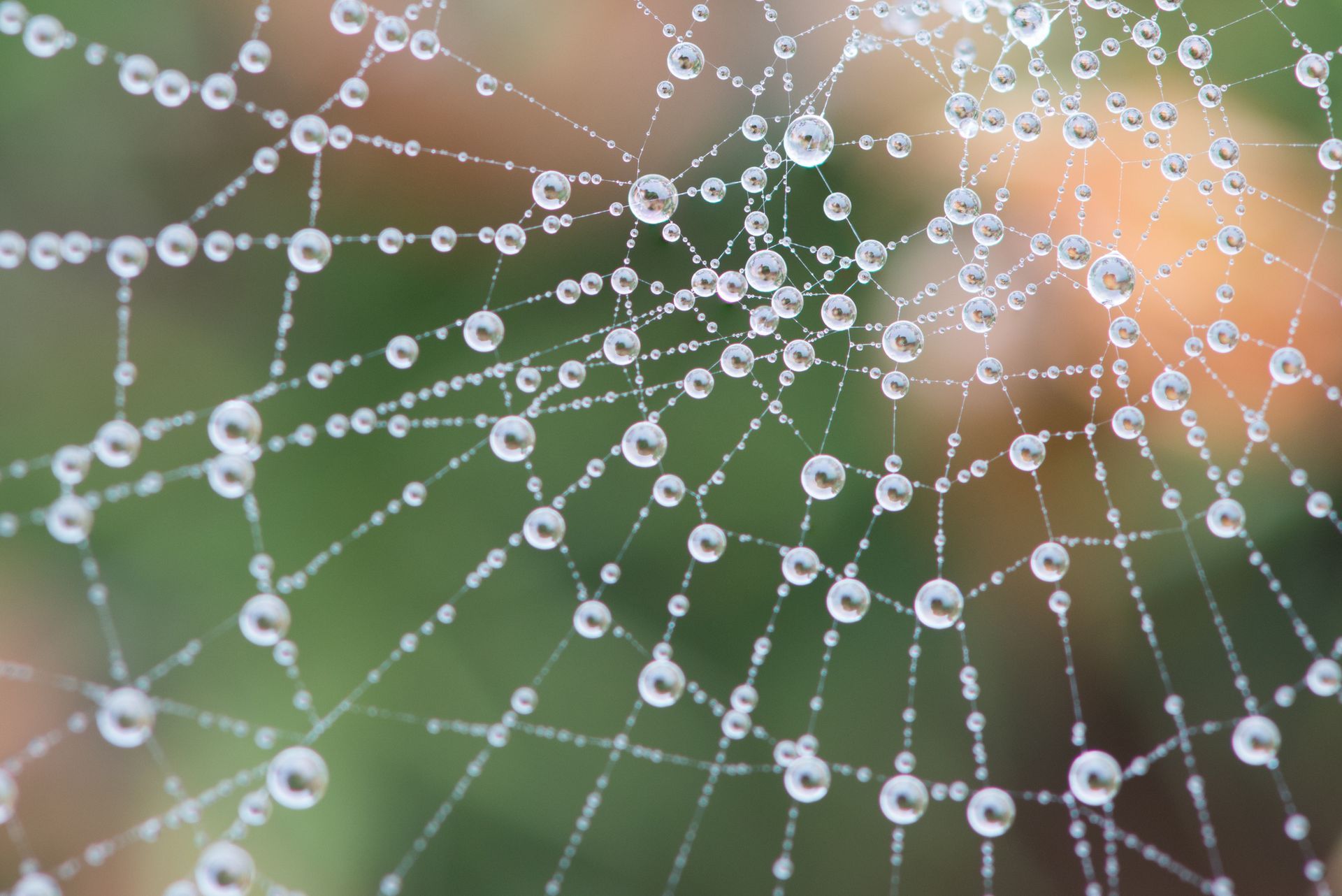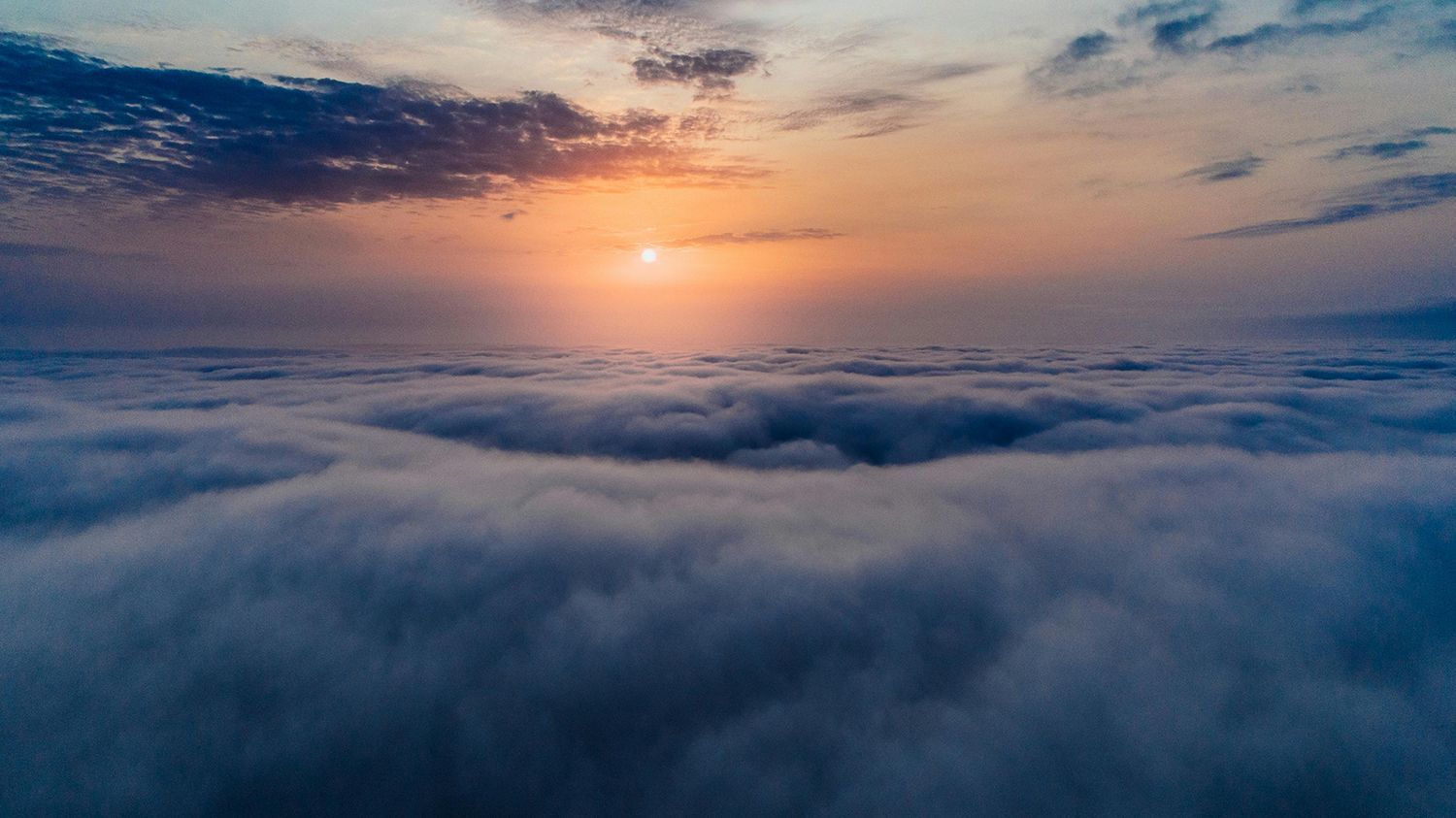The following article is a distillation of a talk given by Fr. Richard Rohr, a Catholic priest in a contemplative order. I loved how he transformed ‘the thinking of non-duality’ into the liberated life. I find these thoughts helpful in resolving my own confusion and persistent grief around collapse acceptance.
– David McHugh

The age-old philosophical problem is the tension between the one and the many. How do we explain all the diversity we see in the world? Look around, our faces, our lives, each one different. Reality thrives on diversity, being the essence of existence. There is no reality without diversity.
But there’s a tendency to force a shallow kind of unity, pretending to love diversity intellectually. In this mind-set, diversity isn’t celebrated, it’s merely tolerated. This limited human approach merely endures differences, rather than embracing them.
The mystic, however, recognizes diversity, not as a contradiction to unity but as an expression of it. This is not an absolute principle but a subjectively lived (loved?) reality. The mystic declares, "I and the Father are one," "Love your neighbour as yourself," "I am one with creation," and even "Love your enemy as yourself."
The mystic, living with direct experience, appreciates the true depth of spirituality. The crude expression of faith often misunderstands authentic spiritual life. That’s why Jesus Christ instructed us to love even our enemies, because his teachings were rooted in a consciousness of non-duality. Unconditional love embraces opposites, allowing them to coexist, without the need to reconcile them into same-ness.
Religious institutions, however, have historically emphasized difference without knowing how to unite what they’ve divided. Unity isn’t ‘cheap’ tolerance, that glosses over differences with a superficial peace. Living a truly spiritual, mystical life deepens your appreciation with and for diversity. Rather than an immature tolerance, you grow with a enlightened appreciation of difference.
An honest spiritual path recognizes the self-deception (evil) of binary thinking, as part of the larger picture. The awareness of opposites, good and evil, black and white, in and out, up and down, etcetera sharpens our understanding of reality. This leads to paradox, a hallmark of spiritual growth. Holding seemingly contradictory truths deepens our awareness and capacity to love those who are trapped in ego-states; knowing that we’ve all been trapped in limited places!
Spiritual maturity takes a lifetime to express coherently, often defying logic or simple explanation. Society tends to push us into narrow categories, liberal or conservative. But radical conservatism and radical liberalism are two sides of the same coin. It’s a paradox, not a real difference. When Jesus Christ said, “The Son of Man has nowhere to lay his head,” he wasn’t just talking about physical homelessness. He was pointing out that true spiritual belonging doesn’t rest comfortably in any ideological camp. Neither liberalism nor conservatism is a spacious place of grace.
True grace is a dance with other-ness, a celebration of diversity that, through the infinite power of unconditional love, becomes unity. This pattern appears everywhere in life. Can we protect both diversity and unity simultaneously? That’s the ultimate art form, the highest expression of spirituality.
One of the biggest errors of fundamentalism is its distortion of faith. Faith, in its truest form, involves walking in darkness, not seeking certainty. But fundamentalists have mastered the art of appearing certain, by demanding scriptural justification for every step they take. But that’s not faith anymore. The opposite of faith isn’t doubt, it’s certitude. History shows that those who are falsely certain, have caused most of the world’s atrocities, often believing God was on their side. But that’s not the meaning of faith. Faith is about having enough light to embrace the darkness.
Even in the deepest darkness, (ignorance?) science has shown that light exists, neutrinos, particles of light, existing everywhere. There is no such thing as absolute darkness. And at a cosmic level, the one constant in the universe is the speed of light, meaning all light is connected. This is where theology and science converge: the realization that light and darkness is in unity and always present.
Once we understand this, we no longer need to fear the darkness. Instead, we transform it, accept it, forgive it, and absorb it. The Christ consciousness, Buddha and Dharma, teaches that we absorb darkness through acceptance (forgiveness?) not through retribution. Christ’s words on the cross, "Father, forgive them, for they know not what they do," embodies this truth. He absorbed the binary thought of his time and accepted it, forgave it and by so doing created a new narrative for humanity to live by. Yet, 2,000 years later, many people are still unaware of this deeper storyline.
Only through embracing diversity in its fullest form can humanity move forward. Exclusion is not the path. The future lies in inclusion and in loving other-ness. Otherwise, we fail to honour the divine unity that holds all things together. Being in community, the one in the many.
These stories contain the opinions of the writers and do not necessarily reflect the opinion of Collapse Club members or conveners.
This work is licensed under Attribution-NonCommercial-NoDerivatives 4.0 International
Discuss this post!
If you would like to comment on or discuss this post with others, please join the Collapse Club Facebook Group.





